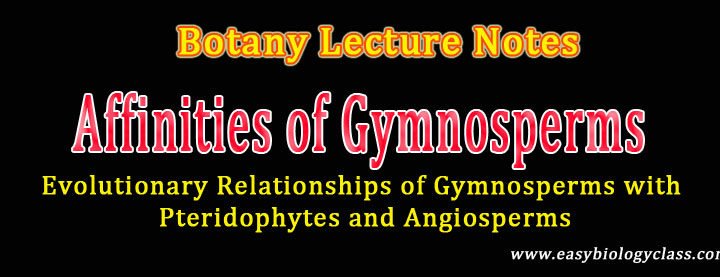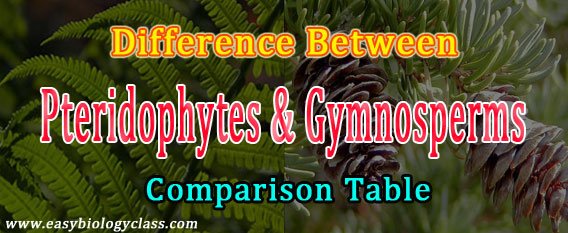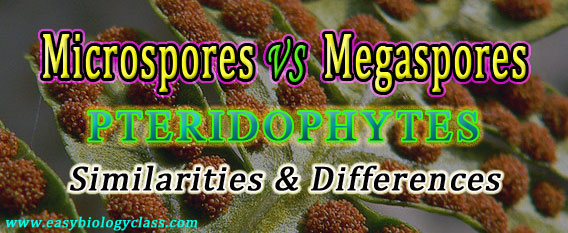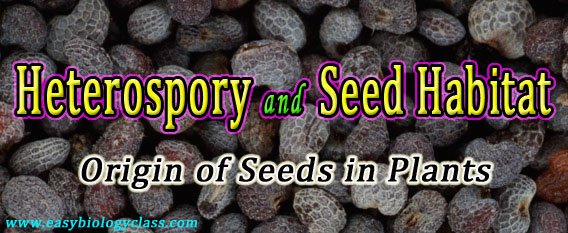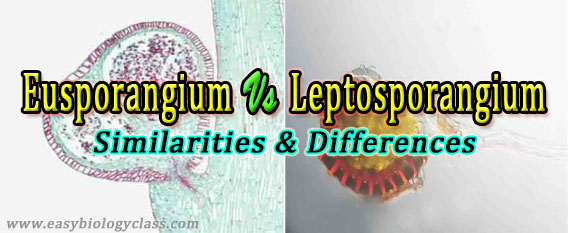Learning objectives: Evolutionary relationships and affinities of Gymnosperms with Pteridophytes and Angiosperms; Similarities and Differences between Pteridophytes and Gymnosperms; Similarities and Differences between Gymnosperms and Angiosperms. Affinities of Gymnosperms Ø Gymnosperms are considered as a bridge between Pteridophytes and Angiosperms. Ø They share many features with Pteridophytes and Angiosperms. Similarities […]
Continue ReadingCategory Archives: Pteridophytes
Difference between Pteridophytes and Gymnosperms
Pteridophytes vs Gymnosperms Pteridophytes Pteridophytes are a group of primitive land plants belongs to Cryptogams. They are the first plant group with vascular tissue for the conduction of water and food materials and hence they are called as Vascular Cryptogams. Gymnosperms Gymnosperms are a group of primitive seed-producing plants of […]
Continue ReadingDifference between Microspores and Megaspores
Microspores vs Megaspores Microspores and megaspores are sexual spores produced by vascular plants (some Pteridophytes and all Gymnosperms and Angiosperms) for sexual reproduction. Both microspores and megaspores on germination produce the respective gametophytic generations. The gametophytes on maturation produce sex organs and gametes to establish the fertilization and thus to […]
Continue ReadingHeterospory and Seed Habit in Pteridophytes
Heterospory is the production of two or more types of spores. It is a condition of the production of more than one types (usually two) of spores in a single plant. These two types of spore differ in their formation, structure and most importantly its functions and sexuality. In Pteridophytes, these […]
Continue ReadingDifference between Leptosporangium and Eusporangium
Eusporangia vs Leptosporangia Sporangia are the specialized spore producing structures found in plants. In Pteridophytes, two types of sporangia are present. The two types of sporangia are (1) Eusporangium and (2) Leptosporangium. This classification is proposed by Goebel in 1881 based on the developmental pattern of sporangia. The spores produced […]
Continue Reading
